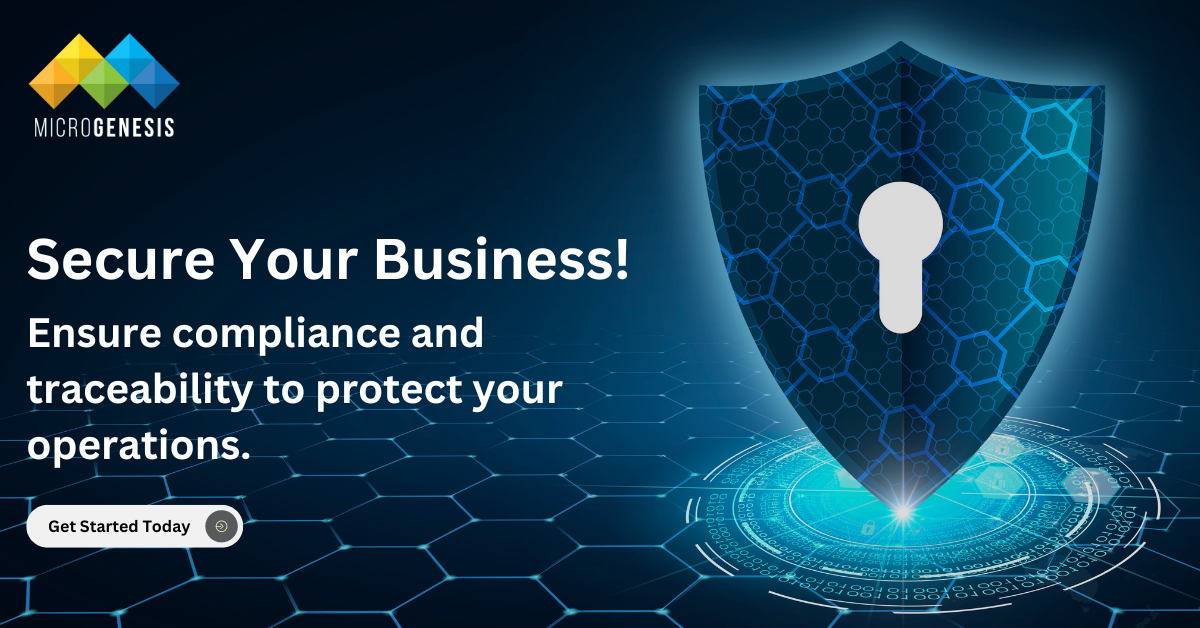As technology advances more and more, the process of developing software is becoming increasingly complicated. No longer is it enough to ensure that the end product matches the original requirements. Companies now have to make sure that their software also meets all the regulatory and legal compliances!
This is where the advantage of using ALM management tools comes in. They ensure that each stage of the software development process is responsible and transparent. In fact, some real-time tracking systems can cut traceability costs by up to 30%. The requirements traceability matrix is one effective tool for keeping track of traceability.
In this article, we’re going to discuss how you can ensure compliance and traceability in ALM.
Importance of Compliance and Traceability in Regulated Industries
In regulated industries, compliance and traceability are necessary for safety, quality and adherence to legal standards.
For example, KPMG Origins Integrated Waste Tracking Solution (IWTS) improved Australia’s hazardous waste management significantly in 2023. The digital platform addressed inconsistencies in regulations across states leading to streamlined compliance and better environmental outcomes.
Regulatory Frameworks in Regulated Industries
To guarantee safety and compliance, regulated industries operate under strict guidelines with some key frameworks like the following:
FDA: Food Drug Administration enforces regulations on food, drugs and medical devices which require detailed documentation and traceability.
ISO: International Organisation for Standardisation provides standards for quality management systems including ISO 13485 for medical devices.
GDPR: General Data Protection Regulation protects personal data privacy mandating stringent compliance measures when handling personal data.
Ensuring Compliance with ALM Tools: Features and Capabilities
Using the ALM requirements traceability matrix ensures every requirement is tracked and met. These tools provide features that enhance compliance and traceability.
| Feature | Capability |
| Real-time Traceability | Tracks requirements through all development stages. |
| Automated Documentation | Generates compliance documents automatically. |
| Integrated Testing | Links test cases directly to requirements ensuring thorough validation. |
| Audit Trails | Maintains a record of all changes for audit purposes. |
| Compliance Management Tools | Helps manage and monitor compliance across the development lifecycle. |
Using these features, companies can ensure ALM compliance and manage their regulatory obligations, making compliance a seamless part of the development process.
Traceability in ALM: Tracking Changes and Dependencies Across the Lifecycle
Very simply put, this means tracking changes throughout a project from start to finish. The ALM traceability matrix is used to track every requirement so that none is overlooked. All changes are linked with their respective requirements by the ALM requirements traceability matrix. This makes it easier to manage.
It helps different teams come together, see the bigger picture and make better decisions. The traceability matrix in agile methodology, for instance, helps track changes and ensures every requirement is checked and verified throughout the project.
Audit Trails: Maintaining Transparency and Accountability in ALM Processes
ALM audit trails keep a record of all actions taken to ensure transparency and accountability. An ALM traceability matrix connects all requirements to their test cases and changes, so it is possible to trace any issue back to its source.
These records are useful during audits as they provide clear evidence of all actions taken over time. Also, they enable teams to learn from past projects, thus improving future processes. It also minimises the errors made.
Compliance Reporting: Generating Reports for Regulatory Authorities and Auditors
Compliance reporting in ALM involves creating detailed reports to show adherence to standards. Using an ALM requirements traceability matrix, teams can link every requirement to its implementation and testing status. This makes it easy to produce accurate reports for auditors.
Compliance tools in ALM help automate this process, ensuring all data is organised and up-to-date. Effective reporting not only meets regulatory needs but also enhances the organisation’s reliability and readiness for audits.
ALM Tools for Compliance and Traceability: Showcase of Features and Use Cases
ALM management tools are essential for ensuring compliance and traceability throughout the project lifecycle. These tools offer various features that support regulatory requirements and improve project management.
- ALM traceability matrix: Tracks requirements across the lifecycle
- Automated compliance checks: Ensures all regulatory standards are met
- Real-time reporting: Provides up-to-date compliance status
- Audit trails: Maintains detailed records of all activities
- Integration capabilities: Works seamlessly with existing systems
These features make ALM software indispensable for managing complex projects and maintaining regulatory compliance.
To know more about how ALM software solutions can help, check out this complete guide to application lifecycle management.
Case Studies: How Organisations Achieve Compliance and Traceability with ALM
In 2023, Andreas Hettich GmbH & Co. KG achieved compliance with medical device regulations using Helix ALM. They created a complex workflow that ensured every step met regulatory standards, streamlining audits and saving time. The ALM requirements traceability matrix linked all requirements to their respective tests, making compliance straightforward and efficient.
Another example is Adidas, which used TrusTrace’s platform for material traceability. By integrating their systems, Adidas achieved real-time tracking of materials like recycled polyester, ensuring compliance and transparency across their supply chain.
Conclusion
Compliance and traceability are crucial in today’s regulated industries. ALM software solutions provide the necessary features to manage these requirements effectively. Whether it’s creating detailed audit trails or ensuring every requirement is tracked, these tools simplify the compliance process.
Reach out to MicroGenesis for ALM consulting. We’ll guide you through the decision-making process and help you implement the right solution for your needs. As digital transformation consultants, we ensure your systems align with industry regulations and optimize operational efficiency.











